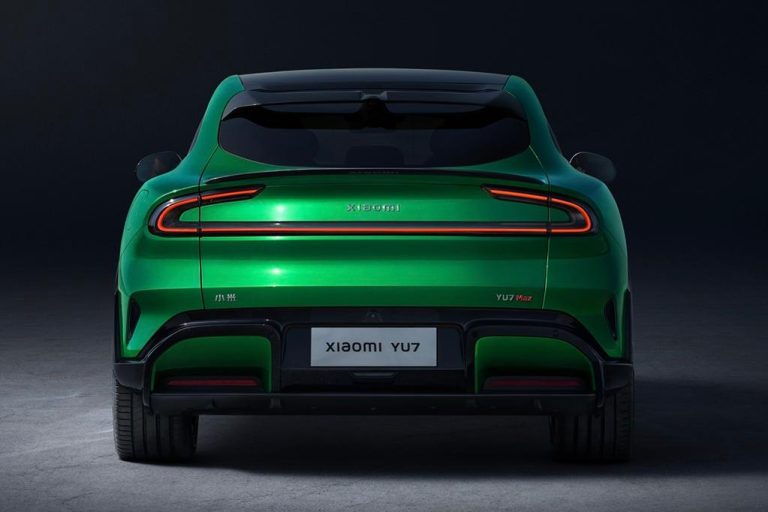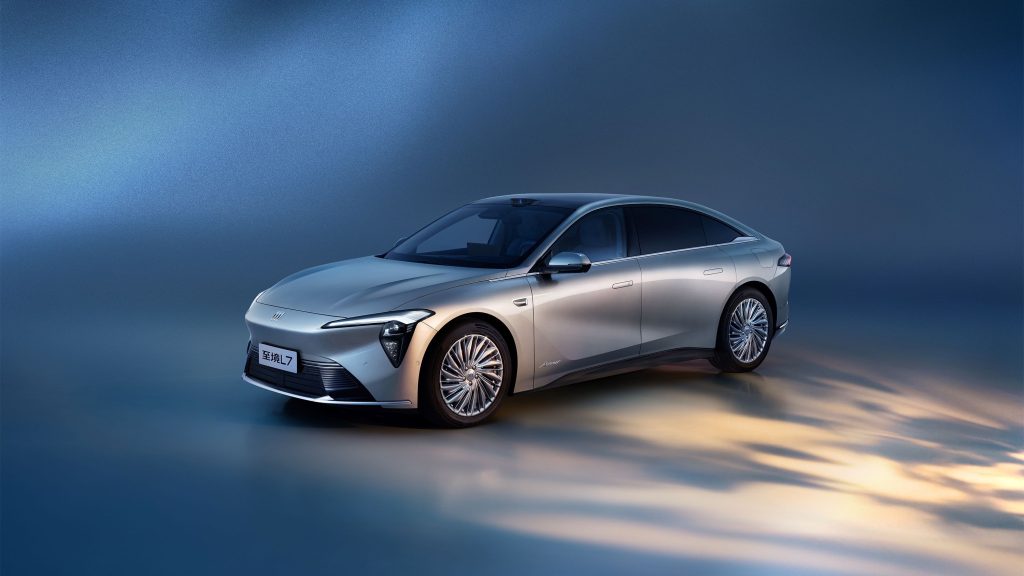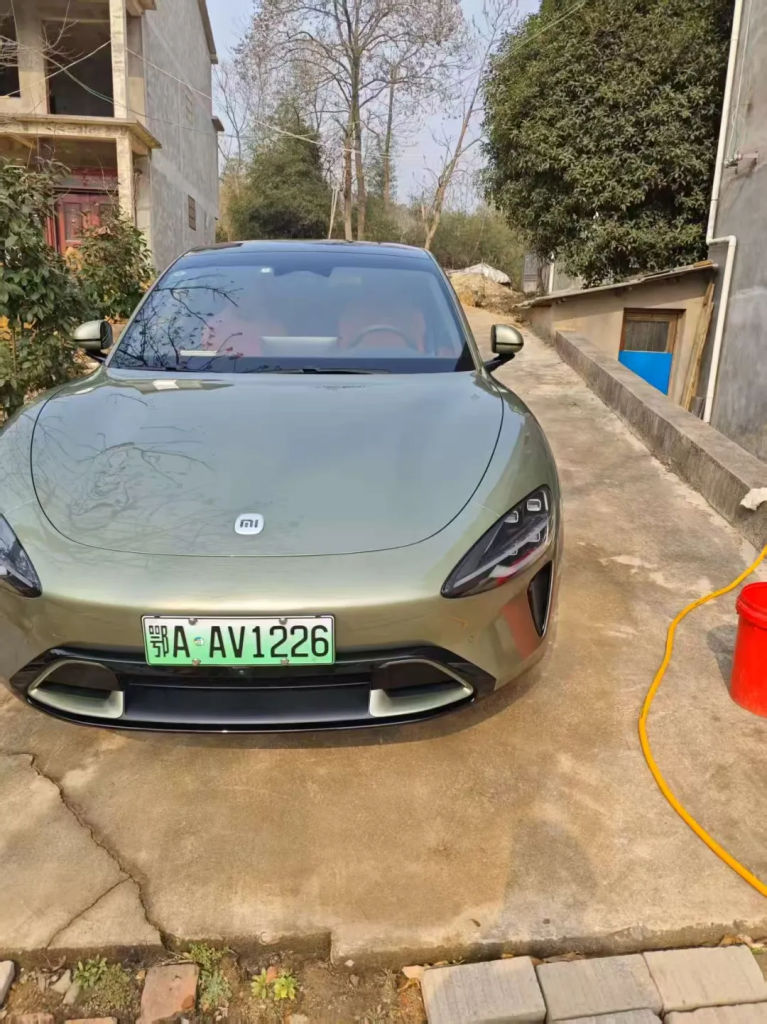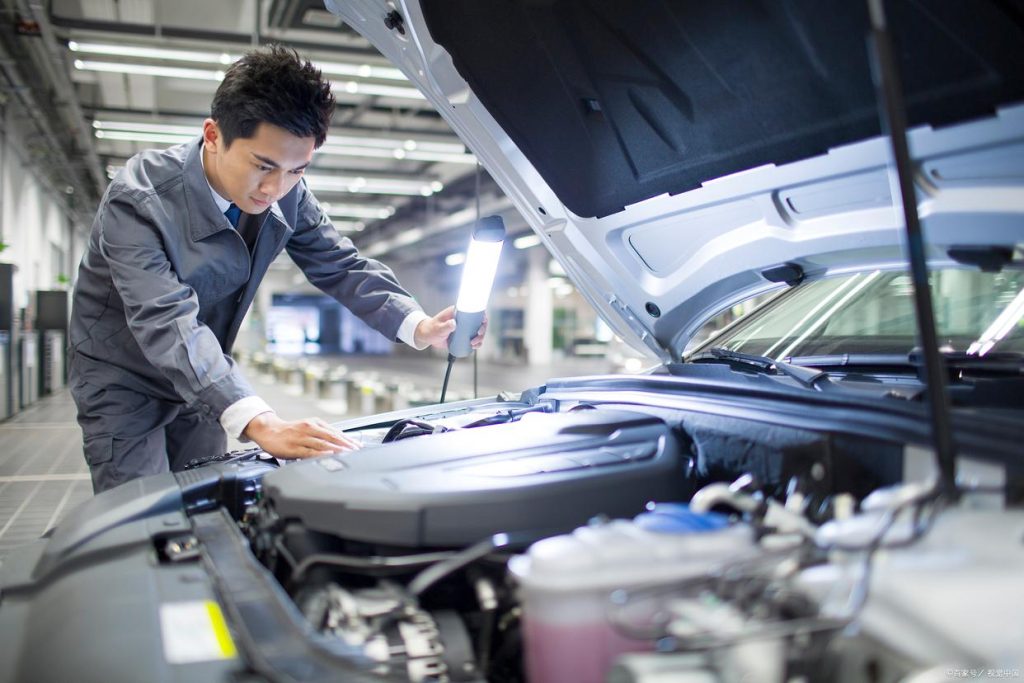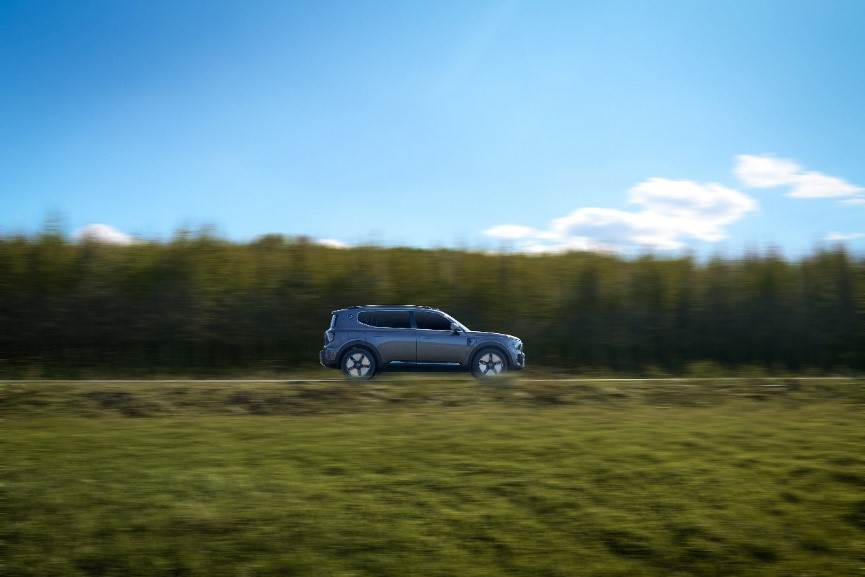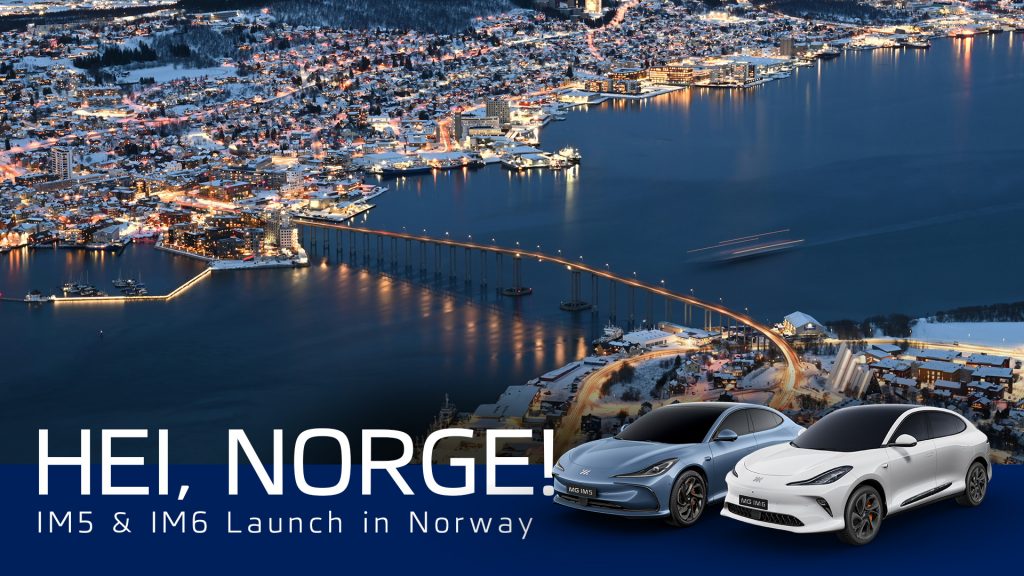As Chinese NEV brands push into the RMB 600,000–1 million (UDS 83,000-139,000) price bracket, one fundamental question emerges: What truly defines “luxury” in this new era?
Through our in-depth interviews with owners of premium cars – from Mercedes-Benz and BMW to BYD’s Yangwang U8 (priced at RMB 1.08 million) – a clear picture is forming: technology, craftsmanship, and user-centric design are the new benchmarks of high-end NEVs.
Innovation That Solves Real Problems (Not Just Shows Off)
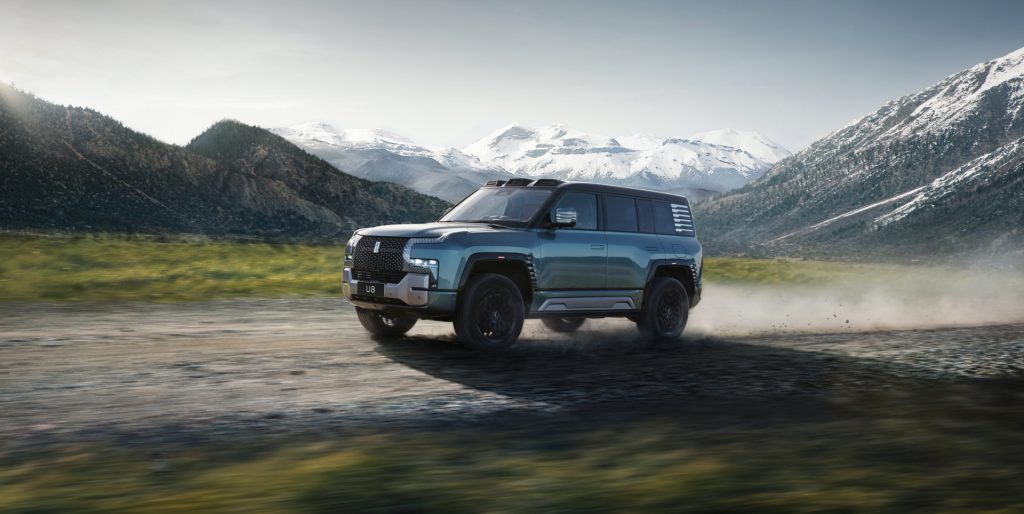
“The tank-turn feature is cool, but I’d rarely use it. What really matters is the autonomous driving that saved me from a rear-end collision during a downpour,” shared a Yangwang U8 owner. This sentiment highlights a crucial divide: consumers want technology that enhances daily life, not just impresses on a spec sheet.
- Yangwang’s wading mode became a selling point for buyers in flood-prone areas.
- AITO’s zero-gravity seats addressed long-distance comfort for families or for a self nap
- Huawei’s autonomous driving smoothed out stop-and-go traffic frustrations.
Yet, there’s growing skepticism toward gimmicks. One test-driver criticized a feature that made the car “dance” – “It drains the battery and feels pointless in real use.” Another Tesla Model X shopper put it bluntly: “Give us better range or faster charging, not flashy party tricks.” For premium buyers, sometimes utility trumps novelty.
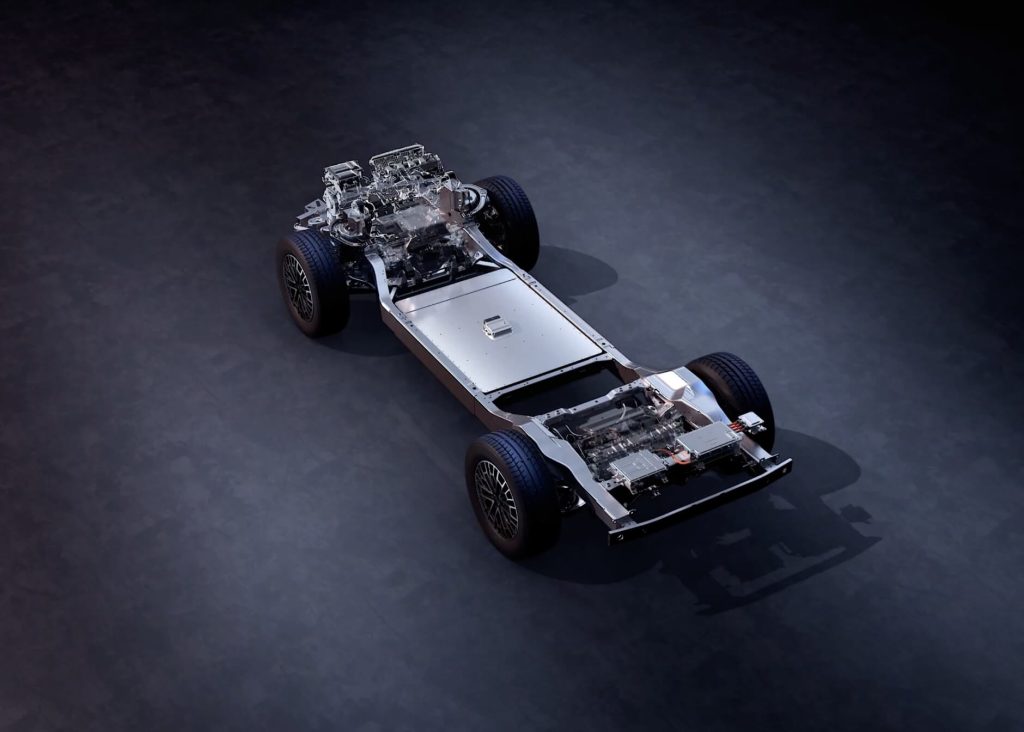
Craftsmanship: The Hidden Mark of True Luxury
Interviewees scrutinized details outsiders might miss:
- Stitching alignment on BYD’s Han.
- Plastic trim finishing on the AITO M9.
- Third-row ergonomics in the Li Auto L9 (photo shown below)
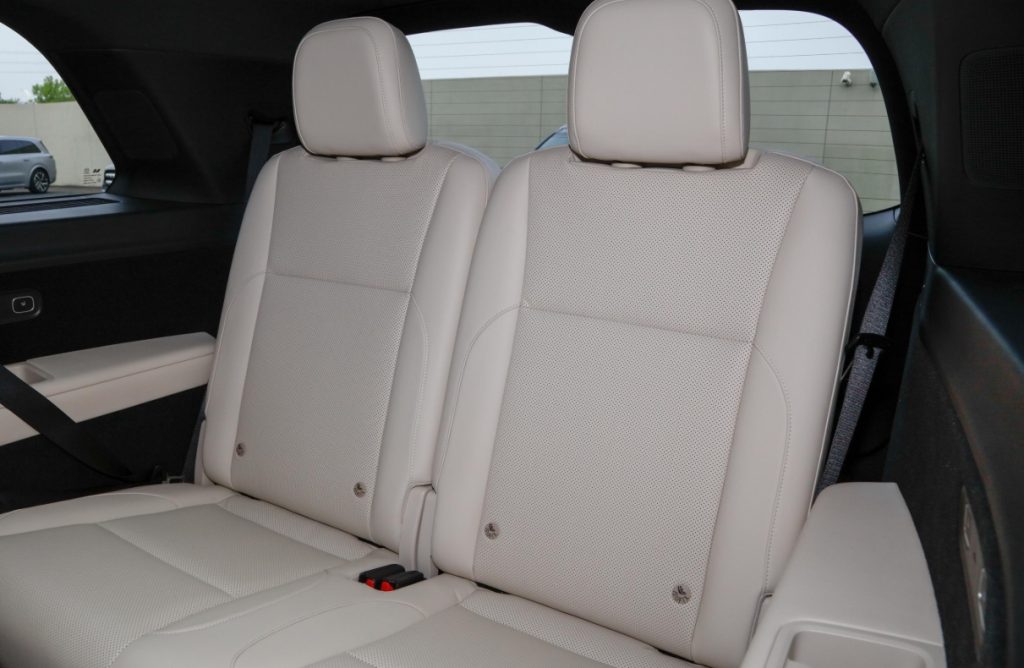
“Luxury isn’t about piling on leather and fancy features – it’s the consistency of every button’s tactile feedback, every panel gap,” noted a BMW 7 Series owner. When one local startup’s model developed A-pillar rattles after vehicle delivery, trust eroded instantly. For local brands to rival BBA, manufacturing precision must be flawless.
Intelligent Tech: Invisible Convenience Over Complicated Features
“My Huawei phone pairs seamlessly, but the car’s voice assistant can’t even ‘open the sunroof 10%,’” vented an AITO M9 buyer. Consumers now want tech that anticipates needs, not overwhelms with menus:
- Pre-conditioning (like BMW’s remote climate control. Of course, 100% local NEV cars can do that. With AI, those cars can do more very soon).
- HUDs that eliminate dashboard glances (AITO’s AR navigation. I tried and this huge and height adjustable).
- Mode presets (Li Auto’s nap mode via Voice Assistant ).

Yet, complexity backfires. One owner mocked a so-called “child mode”: “Three steps to activate? I’ll just tweak settings manually.” So we can see that (future) true smart luxury should be intuitive – like auto-muting music when detecting a baby onboard, or activating 360 cameras in tight alleys. “The best tech fades into the background,” remarked a veteran car critic.
Individuality & Brand Soul: Beyond Cookie-Cutter Design
“The Yangwang U8 offers two interior colors; a Rolls-Royce lets you customize every ‘star’ in its starlight headliner,” observed a luxury connoisseur. Mass-market personalization limitations frustrate buyers who crave:
- Custom wheel designs (beyond generic options).
- Mix-and-match material choices (not just black/beige, and maybe orange colour. China OEMs learned from Porsche. Orange colour is regarded as luxury colour!).
- Tailored features (camping hatches for outdoorsy types, privacy partitions for executives).
Deeper still, brands must cultivate identity. Huawei attracts patriots drawn to its “tech-for-nation” ethos; Yangwang resonates with “engineering ambition”; NIO once won hearts as a “user-centric” pioneer. Premium isn’t just product – it’s shared values. Chinese NEV automakers have done a good job to compete with BBA (BBA is a widely used acronym referring to B = Benz (Mercedes-Benz), B = BMW, A = Audi)
The Bottom Line: Luxury = Obsession Over User Needs
From problem-solving tech to obsessive-quality control, frictionless intelligence to bold individuality, the message is clear: Chinese premium NEVs must prioritize people over specs.
Local OEMs needn’t mimic German big brands. Instead, they should solve uniquely Chinese scenarios:
- Space-flexible cabins for multi-child households;
- Commute-optimized autonomy for time-pressed professionals, like AITO can start a WeChat Meeting (China Zoom) with in-car camera and speakers;
- Off-grid readiness for those buyers with high expectation. For example, the recent new frontier (also positioned as technologically leading factor) focuses on the extended-range’s long battery life plus super fast charging.
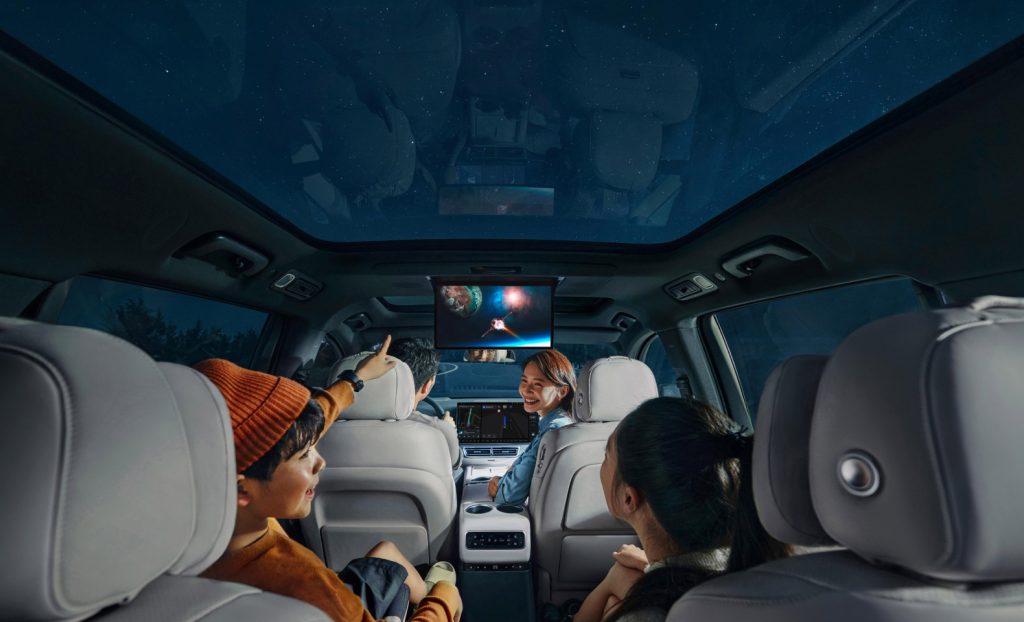
The ultimate luxury isn’t found in specification sheets or lavish materials, but in this silent synchronization between car and lifestyle. As we local researchers all believe, the Germans built monuments to the auto excellence – our opportunity is to build active participants in people’s lives. When Chinese NEVs achieve this, they won’t just compete with legacy luxury – they’ll redefine it, taking advantages of NEV transform.

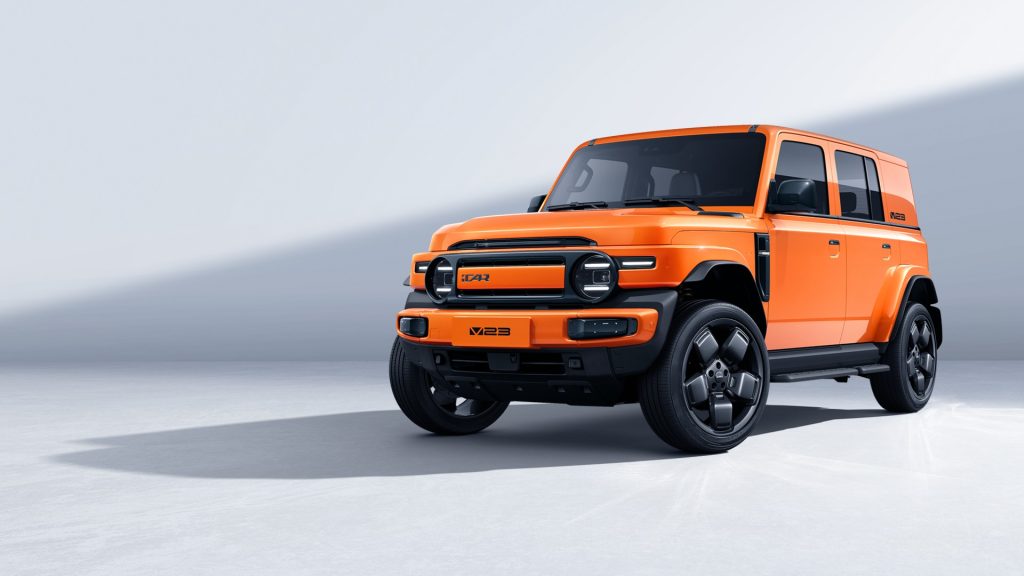
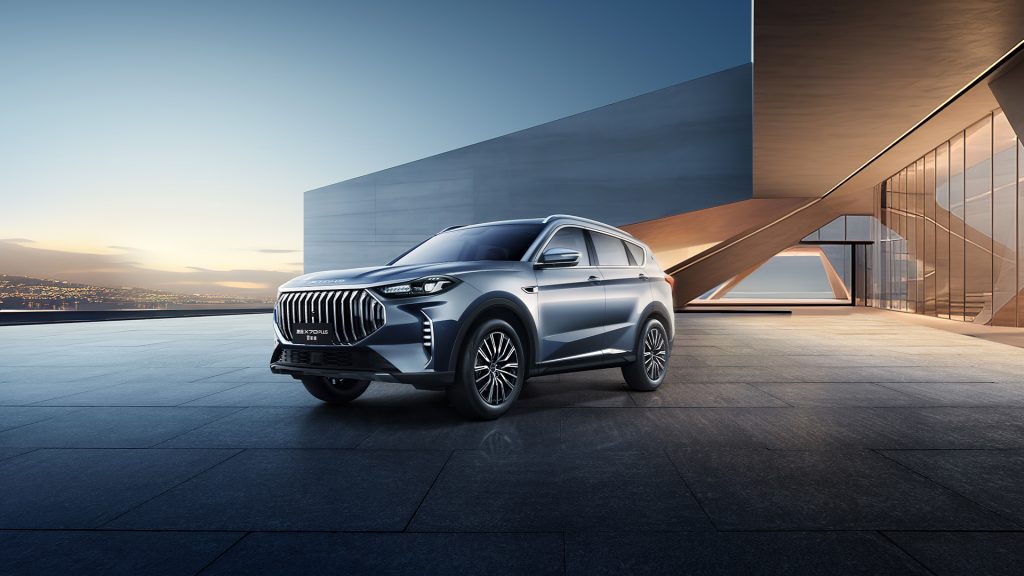
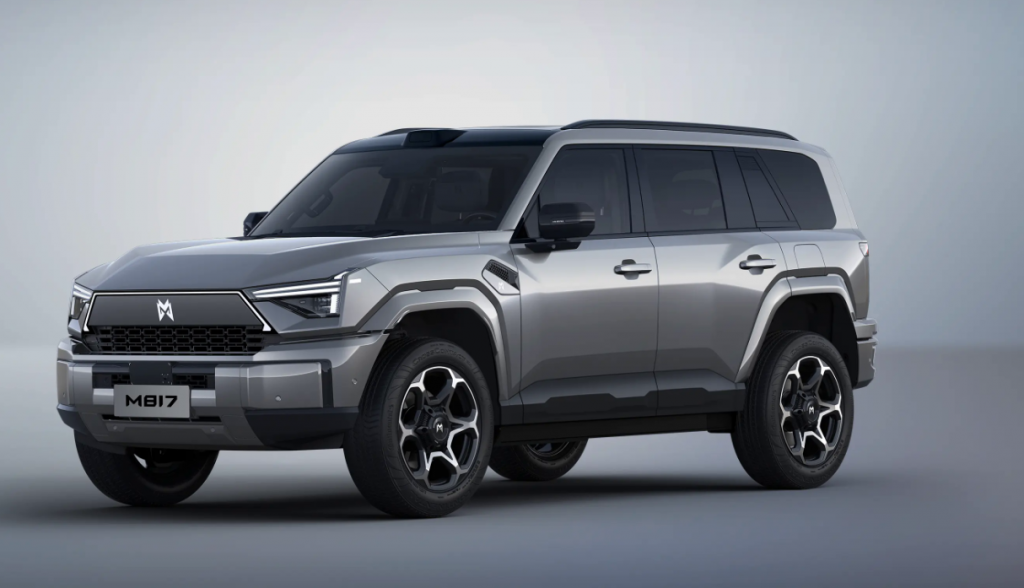



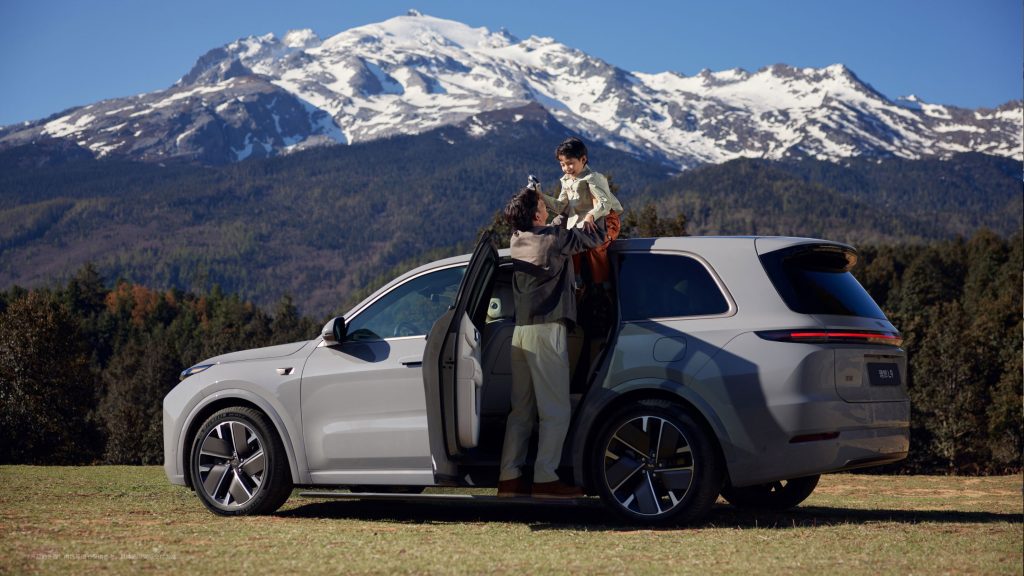
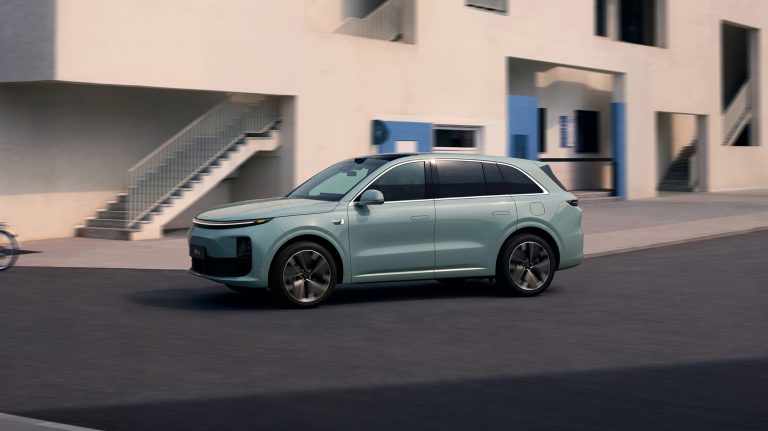
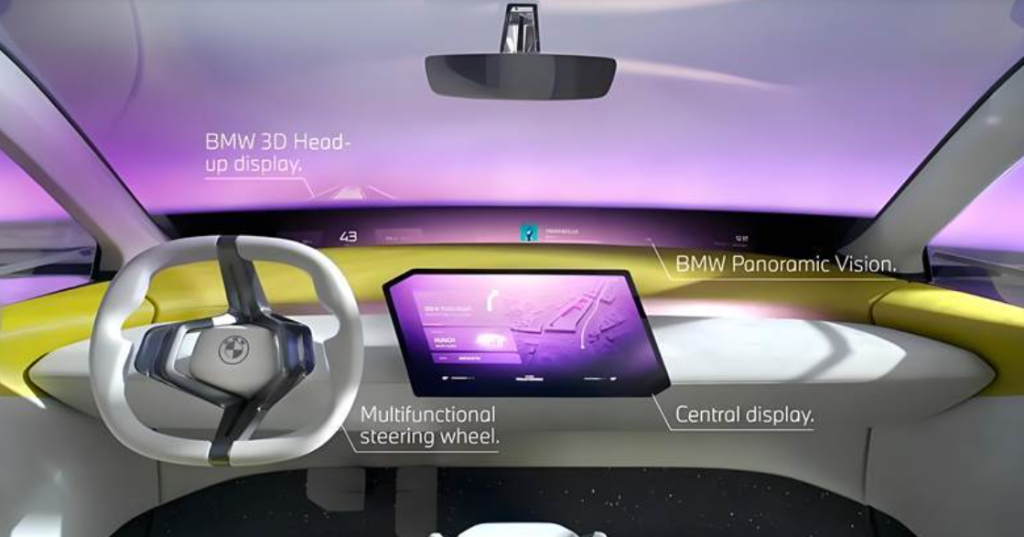
![[POLICY WATCH] CHINA’S 2025 CAR SCRAPPAGE SCHEME: HOW NEVS ARE RESHAPING THE MARKET](http://www.zingevs.com/wp-content/uploads/2025/07/388ec94d-e2cc-4894-97e0-48762c7e4d1d-1024x615.jpg)



